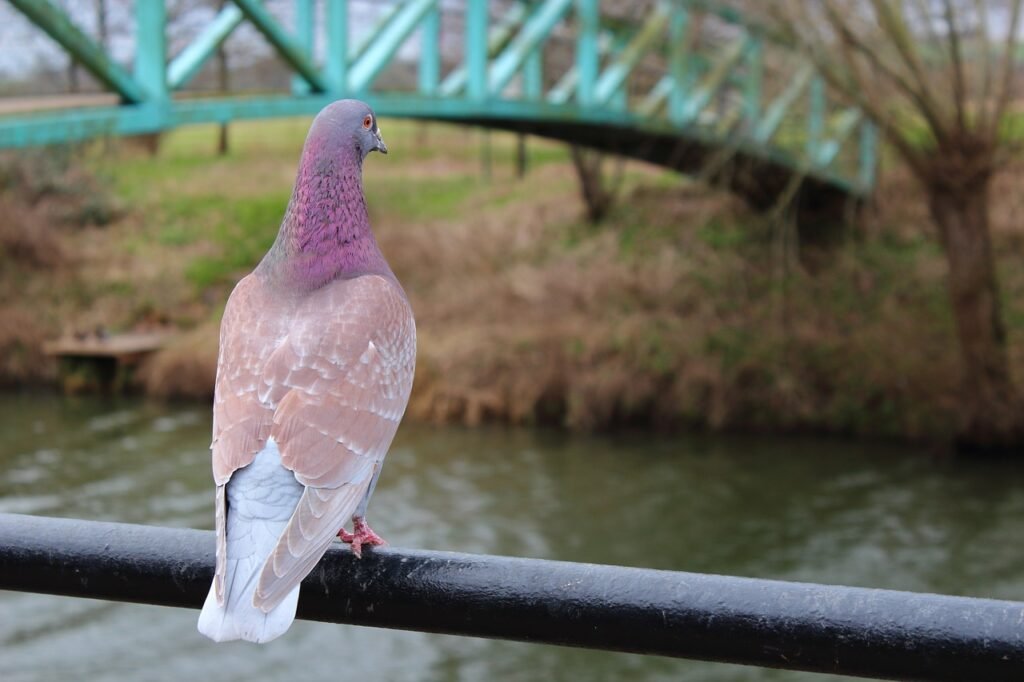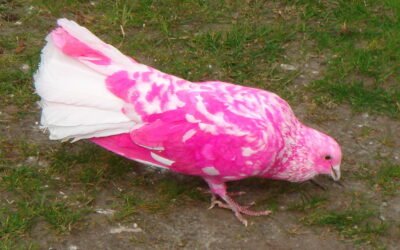Pink pigeon spotted in UK’s Manchester leaves Internet surprised.

Internet Buzzing Over Pink Pigeon Encounter in Manchester: See the Viral Pics
Table of Contents
- An Attention-Grabbing Statement: Begin with a bold and attention-grabbing statement that immediately draws the reader in. This could be a surprising fact, an intriguing question, or a thought-provoking observation related to the pink pigeon encounter.
- Emphasize the Uniqueness: Highlight the uniqueness and rarity of the pink pigeon encounter. Make it clear to the reader that what they are about to learn is an extraordinary and unusual event.
- Create a Sense of Mystery: Use words or phrases that create a sense of mystery or wonder. Encourage the reader to want to know more, to delve deeper into the story to uncover the secrets behind this remarkable occurrence.
- Relevance to the Reader: Establish why the pink pigeon encounter in Manchester is relevant or interesting to the reader. Is it because of its rarity, its impact on wildlife enthusiasts, or its unexpected appearance in an urban setting?
- Concise and Compelling: Keep the hook concise and to the point. It should be relatively short but packed with intrigue and fascination. Avoid unnecessary details at this stage.
Here’s an example of a captivating hook for your blog post:
“Imagine strolling through the heart of Manchester on an ordinary day, when suddenly, you spot a sight that defies all expectations—a vibrant pink pigeon perched on a city sidewalk. It’s a scene straight out of a fairytale, yet it’s real, and it’s happening right in the heart of urban England. This is the story of the stunning pink pigeon encounter that has left the internet buzzing with amazement and fascination.”
Describe the circumstances of the pink pigeon sighting, including the date, location, and any eyewitness accounts.

- Date and Time: Start by specifying the exact date and time when the pink pigeon sighting occurred. This helps establish a timeline for the event.
- Location: Provide details about the location where the sighting took place. Mention the city (Manchester, in this case) and any specific landmarks or neighborhoods if relevant. Readers should have a clear sense of where this incident occurred.
- Weather Conditions: Include information about the weather conditions on the day of the sighting. Mention factors such as temperature, precipitation, and visibility, as these can be relevant to the pigeon’s presence.
- Eyewitness Accounts: If there were eyewitnesses to the pink pigeon sighting, include their accounts. Share what they saw, how they reacted, and any unique observations they made about the bird’s behavior or appearance.
- Photographic Evidence: If available, discuss any photographic or video evidence of the pink pigeon. Describe the quality of the images and their contribution to documenting the event.
- Additional Context: Explain why the pink pigeon’s presence was particularly surprising or noteworthy in this location. Were there any local factors that made this sighting stand out?
“On the sunny afternoon of [insert date], in the bustling city of Manchester, England, an extraordinary event unfolded. It was a day much like any other, with people going about their daily routines, when suddenly, reports began to surface of a striking pink pigeon spotted near [mention a landmark or street]. Eyewitnesses described the pigeon’s vibrant pink plumage against the urban backdrop, a sight that left both residents and visitors utterly astonished. The unusual sighting took place under clear skies with temperatures in the [mention temperature range] range, making it even more remarkable. As we delve into the details of this remarkable encounter, we’ll explore how the pink pigeon found itself in the heart of Manchester and the reactions it sparked among those fortunate enough to witness this avian rarity.”
Provide details about the pigeon’s appearance, highlighting its distinctive pink coloration.

- Coloration: Start by emphasizing the pigeon’s most distinctive feature—its pink coloration. Describe the shade of pink, whether it’s vibrant or muted, and compare it to common objects or references to help readers visualize the hue. For example, you can mention that it resembled a soft rose or a bright bubblegum pink.
- Plumage: Detail the bird’s feathers, mentioning the areas where the pink coloration is most prominent. For instance, you can describe if the entire body is pink, if there are variations in color across different parts of the body, or if there are contrasting colors on the wings or tail.
- Size and Shape: Mention the pigeon’s size and shape. Compare it to a familiar object or bird species for reference. Provide details about its wingspan, body length, and any unique features such as its beak shape or tail length.
- Distinctive Markings: If the pink pigeon had any distinctive markings or patterns on its feathers, mention these. For instance, you can describe if there were spots, stripes, or other patterns that added to its uniqueness.
- Behavior: If you have information about the pigeon’s behavior, include it. Did it behave like a typical pigeon, or were there any peculiar actions or movements that stood out?
- General Appearance: Summarize the overall appearance of the pink pigeon, highlighting the key elements that make it extraordinary. Use descriptive language to evoke the image of this rare bird in the reader’s mind.
“This pink pigeon, a breathtaking avian rarity, showcased a soft, delicate shade of pink that resembled the blush of a spring bloom. Its plumage was adorned with this enchanting hue, covering its entire body in a gentle, almost ethereal pink. The feathers were silky in texture, catching the sunlight in a way that made the pigeon’s presence even more mesmerizing. The bird’s size was comparable to that of a common city pigeon, with a graceful, slightly curved beak and a tail that had a hint of iridescent sheen. There were no discernible markings or patterns on its feathers, allowing the pink color to take center stage.








